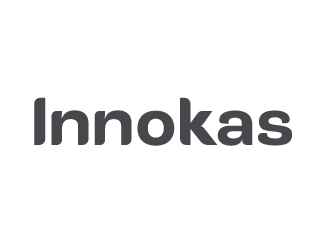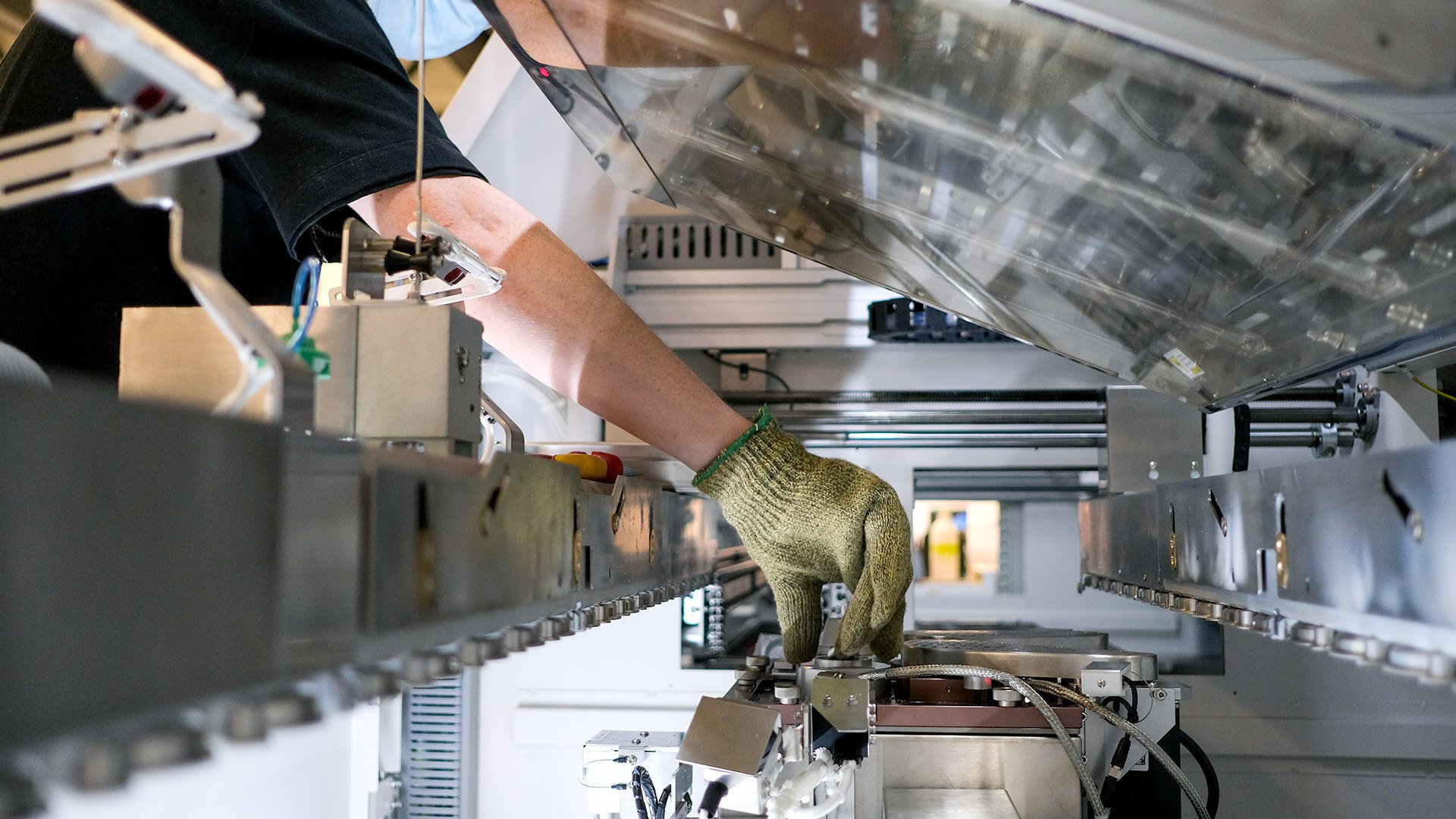The world is full of excellent ideas and great inventions. Every founder believes in the importance of solving a particular problem, and it’s true that addressing these issues can make the world a better place. However, investors are very selective about the projects they choose to support financially, to say the least. Future profits should be nothing but guaranteed. This blog was written to provide guidance on how to effectively convince investors, particularly for tech start-ups, with insights from three start up-experienced experts from Innokas.
Understanding the market and its challenges
Investors place significant value on comprehensive market analysis. They will want to know the exact prospects of your solution being sold successfully. The vision and mission you present will play a crucial role in this analysis. Solving a problem is important, but that does not guarantee that your solution will have a viable market.
Innokas CTO Antti Kaltiainen has +20 years of experience in R&D and background in couple of start-ups as employee, partner and advisor roles. He presses that your market analysis should cover all essential aspects. These include market needs, potential customer base, addressable market size and company growth potential. Evaluate competitors' products, identify their strengths and weaknesses, and find opportunities to differentiate your product to finally end up in product-market-fit. This analysis is even more important than proving that your solution is technologically sound.
The importance of a well-structured roadmap
An idea or invention alone is not the key to success; it requires determined and structured work along with a clear vision to navigate toward the goal. In the eyes of an investor, planning the journey to success is at least as important as the idea itself. Investors evaluate how well you understand the project's magnitude, the necessary steps, and the budget required to bring the product to market. A good roadmap, with a realistic view of timelines and clearly defined project phases, is essential for investors to see the potential return on their investment.
Antti Virtanen, a solution architect at Innokas with over 19 years of experience in medical device development and working with start-ups, emphasizes the need for a thorough and realistic project plan. There are two major hurdles in creating a successful complicated smart device: obtaining market approval and achieving sales to meet investor expectations. While sales attract investors, they won't materialize without regulatory approval, especially if your device is a medical device.
The workload for getting a complex device like a medical device to market is often underestimated, which can easily kill your project before any units are sold. Success hinges on a thorough understanding of the requirements and a well-crafted plan during the development phase. This plan should include high-level integration steps, milestones, team requirements, and necessary service or material purchases. Although it’s impossible to predict every detail, a well-informed estimate can go a long way.
Navigating regulatory challenges and prototyping
When your solution is a medical device or software, ensuring that both the technology and regulatory aspects are addressed is crucial. Sami Melkoniemi is Innokas Head of Project Management Office with +25 years of experience in R&D and 11 years working with medical devices and applications as well as background from start-ups as a founder, partner, and consultant. He stresses that regulatory compliance should be gained and maintained through an efficient quality management system (QMS) that guides production from the very beginning. Many startups may not have their own QMS initially, but they can develop one or utilize their potential partner’s approved processes.
Your roadmap should also provide at least a general idea of when to expect ready prototypes and when to gather target group feedback. Clinical evaluation means, on a practical level, gathering necessary proof that the clinical purpose of the product is met. It’s another area where start-ups may lack experience, especially on a practical level: “What do I actually need to do to meet the regulatory requirements?”
As the project progresses, a working prototype or demo becomes relevant. It allows you to physically demonstrate your progress to investors and highlight the problems you have successfully addressed along the way. Even though it’s important to show the roadmap all the way to market launch and sales, most investors are unlikely to provide all the necessary funding upfront, so showing tangible progress at each phase of your project is essential to securing additional investments.
Partnering can help convince investors
To convince investors, you need more than a great idea; you need to conduct thorough market analysis, build a well-structured roadmap, and adhere to regulatory requirements, by the experience of our experts. Demonstrating clear vision, realistic planning, and tangible progress builds your credibility and improves the chances of securing funding. While an R&D partner can't conduct market analysis for you, they can offer valuable tips on what investors prioritize in addition to providing your project with credibility. Experienced partner ensures project standards are met, helps predict realistic timelines and budgets and ensures scalable production.
You can arrange a meeting with Innokas experts through this link to learn more. It will lead you to a contact form where you can provide some information about your start-up, and we will get back to you as soon as possible.
Experts consulted on this blog article

Antti Virtanen
Solution Architect
+358 50 321 0874

Antti Kaltiainen
CTO
+358 40 570 0333

Sami Melkoniemi
Head of Project Management Office











